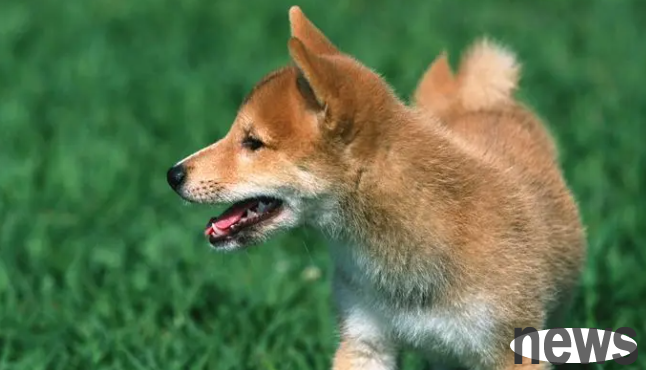The ear canal of dogs is easy to accumulate oil, dust and moisture, especially for large-eared dogs. The drooping ear shells often cover the ear canal, or long hair near the ear canal (such as noble dogs, Peking University, etc.) can also cover the ear canal. In this way, the ear canal is prone to accumulate dirt and moisture due to poor air circulation, causing the ear canal to become infected and inflamed. Therefore, check the dog's ear canal frequently. If you find that the dog often scratches the ears or shakes his head and sways his ears vigorously, it means that there is a problem with the ear canal, and you should check it carefully in time.

The method of removing ear wax is: first use an alcohol cotton ball to disinfect the external auditory canal, then use 3% sodium bicarbonate drops or 2% boric acid water to drop the ear wax. After the dry ear wax softens, gently remove it with small tweezers. The tweezers should not be inserted too deeply, and the spirit should be highly concentrated. If the dog shakes its head, take out the tweezers quickly to avoid stabbing the eardrum or puncture the mucosa of the ear canal. For inflammatory ear canals, 4% boric acid glycerol ear drops, 2.5% chloramphenicol glycerol ear drops, cordithenomycin ear drops, etc. can be used for ear drops, 3 times a day. In addition, long hairs near the ear canal should be trimmed regularly to prevent shampoo and water from splashing into the ear canal during bathing.
Prune toenails
Dogs often move on rough ground and can automatically smooth out their toes, such as wolf dogs. If you rarely run on rough ground and wear less, your dog's toenails will grow very quickly, such as Pekingese, Shih Tzu, and Lady. Too long toenails will make the dog feel uncomfortable, and it can easily damage furniture, textiles, carpets and other items in the home; sometimes too long toenails will split, easily causing local infection. In addition, the dog's big toe has degenerated, and there are flying toes slightly above the inner side of the foot, commonly known as "wolf claws". It is a purely unnecessary deterioration that hinders the dog's walking and can easily cause the dog to scratch itself. Therefore, you should trim your dog's toenails regularly.

Dogs have very hard toenails and should be trimmed with a special toe claw cutter for dogs and cats. For degenerated "wolf claws", the veterinarian should be asked to remove the puppy within 2 to 3 weeks after birth. Just a stitch is needed to avoid future problems. In daily toenail trimming, in addition to using special toenail cutters, it is best to wait until the toenails are soaked during bathing before cutting them. However, it should be noted that there are vascular nerves at the base of each toe paw. Therefore, you should not cut too much or too deep when trimming. Generally, only about 1/3 of the claws should be cut off and filed to prevent damage. If the dog is abnormal after cutting, it is found that it is moving abnormally, carefully check the toes to check for bleeding and damage. If there is any damage, you can apply iodine. In addition to cutting the toenails, check whether there are any external injuries on the foot pillow. In addition, the hair near the toes and claws and foot pillows should be cut short frequently to prevent slipping.
